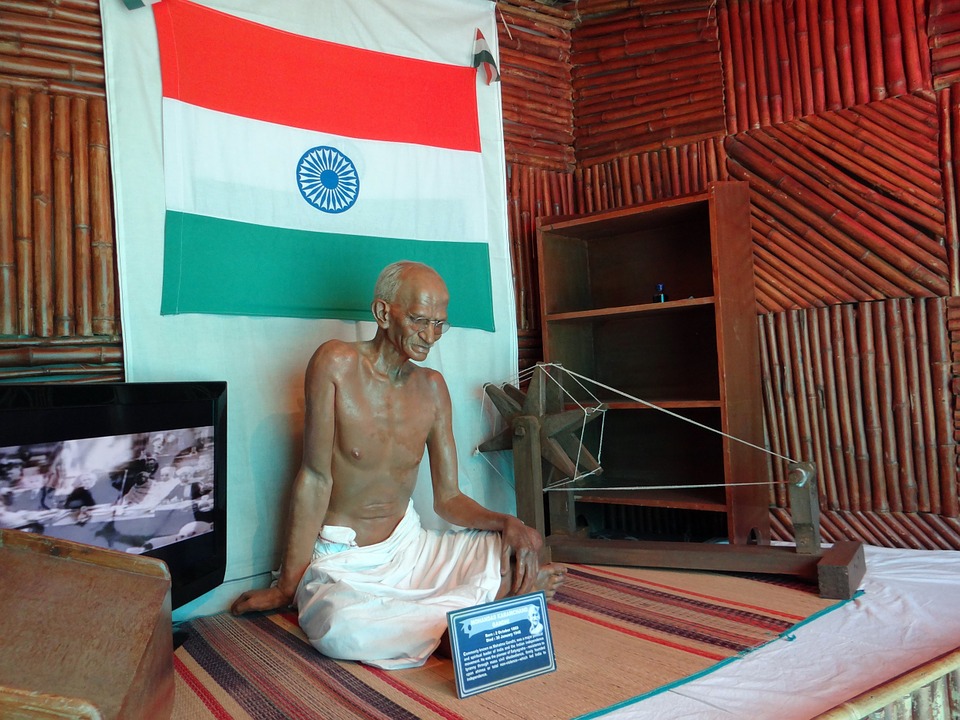Labour intensive refers to a production process where labour costs are the largest component. Labour intensive implies that capital (machines/factories) are a small percentage of the final cost.
Labour intensity is the percentage of labour which is used in the production process.
Labour intensive industries

Certain industries and types of jobs tend to be more labour intensive. These include
- Nursing – difficult to replace with machinery.
- Fruit picking- Certain types of fruit need picking by hand. It is difficult to get machines to pick strawberries and apples from trees.
- Retail staff – Retail assistants at shops or bar staff selling drinks.
- Teaching.
- Niche products. If a firm specialises in a niche market, there will be less scope for economies of scale and lower fixed costs. In this case, we tend to see higher labour-intensive production. For mass-produced goods with substantial economies of scale, production tends to be more capital intensive.
Labour intensive and economic development
As a general rule, less developed economies tend to be more labour intensive. This is because low income means they cannot afford to invest in expensive capital. With low income and low-wages, they can remain competitive by employing many workers.
As real wages rise in the economy, it creates an incentive for firms to invest in more capital to raise labour productivity so the firm can continue to afford the cost of more expensive labour. Therefore, firms become less labour intensive and more capital intensive.
Before the industrial revolution, 90% of the workforce were employed in agriculture. Producing food was very labour intensive. Technological development and economic growth have increased labour productivity, reduced labour intensity and enable workers to move to manufacturing and more recently services.
Specialisation
Globalisation has enabled greater specialisation of the production across the world. Labour intensive manufacturing has shifted to low-labour cost countries – Asia and Africa. Manufacturing of textiles has declined in high wage countries and shifted to low-cost developing economies. China and other Asian economies (Thailand, Vietnam, Malaysia) have a comparative advantage in labour-intensive industries.
Technology and labour intensive industries
New technology such as Artificial Intelligence and more powerful computers is challenging certain industries which were always considered labour intensive. For example, even in surgery powerful robots are able to take the place of surgeons. There has also been new developments in robots which can pick fruit and vegetables – making this traditionally labour intensive industry much less labour intensive.
Benefits of labour intensive industry?

This is a statue of Gandhi with a spinning wheel. Gandhi tried to encourage fellow Indians to refuse to buy manufactured clothes but ‘spin their own cloth using their own spinning machine. This was a much more labour intensive method of making clothes, but Gandhi felt it has an important spiritual dimension and encouraged self-sufficiency.
Related
